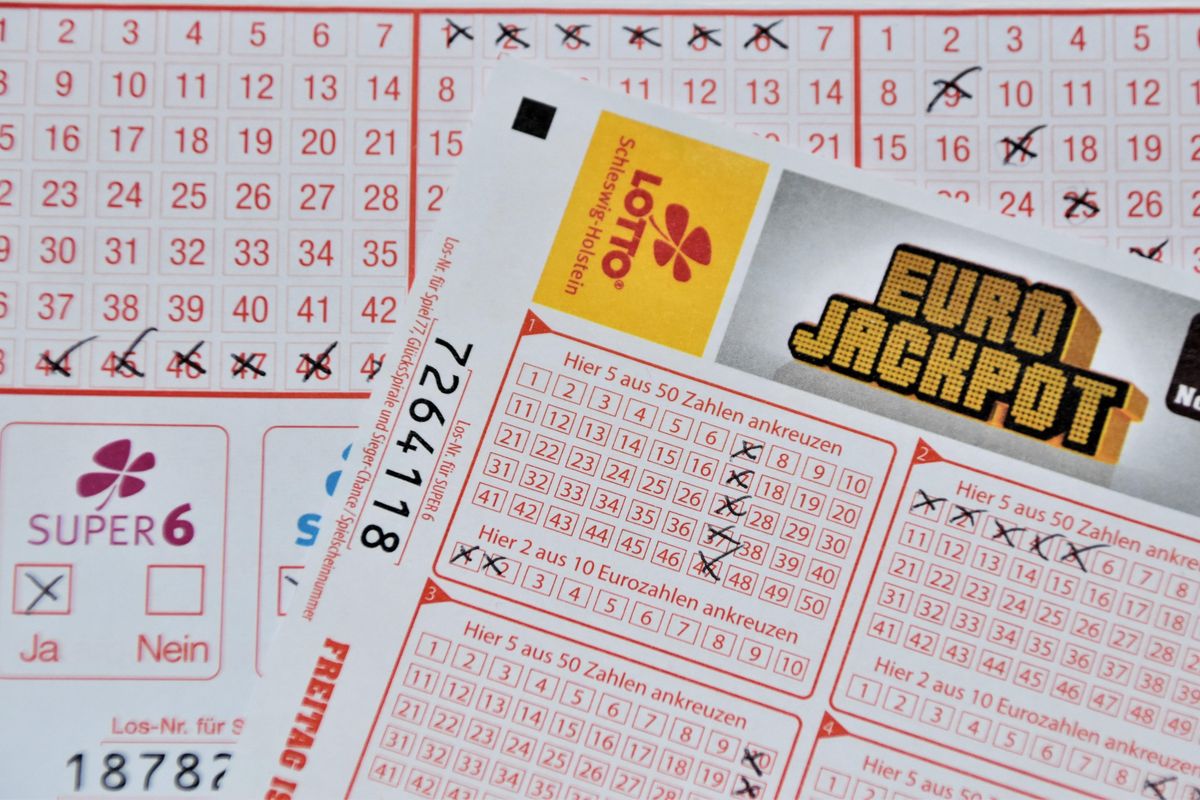People in a tiny Belgium town won the lottery and each person is getting $956,000 tax-free
More than 100 people in the small town will split the $151 million jackpot.

165 people in a tiny Belgium town won the lottery.
The lottery is always a long shot but the odds of winning can be increased by teaming up with your workmates, friends or family members.
A lottery pool is where everyone pitches in a certain amount of money and if any one person wins, the prize is split between everyone in the group. If the gamble pays off, it's a sweet deal because even if yours is not the winning ticket, you still win if someone in the group wins.
Most of the time, no one in the pool wins and everybody begrudgingly shows up for work the next day knowing their lives remain the same. But recently, in one itty bitty town in Belgium with a population of less than 4,000, a pool of 165 people hit the jackpot.
Of course, the chances of winning the lottery are slim. In America, the chance of winning the the Powerball jackpot is 1 in 292 million and the chance of winning the Mega Millions jackpot is even slimmer at 1 in 302 million. In Europe, the odds seem a little better but it's still a very, very, very long shot at about 1 in 139.8 million for the EuroMillions, so the fact that this group of people won is newsworthy.
Local shopkeeper Wim Van Broekhoven regularly organized lottery pools for the town where each person would pitch in 15 euros, which is around $16. This time, the lottery gamble paid off because a good bit of the town played and they collectively won the 142.9 million euro ($151.8 million) EuroMillions prize. That's a lot of unexpected money that I'm sure the residents aren't upset about winning.
Each person who won in the town will receive close to around 900,000 euros (about $956,000) tax-free. The big payoff is coming just in time for the holidays, too. Van Broekhoven told Reuters that many customers who won have been in disbelief. "We have had quite a few new customers since the big win, but no one in the village holds any grudges against the winners," he said.
It seems that most of the winners have already made plans for their money, according to Van Broekhoven. He also revealed, "The winners are from all walks of life, but regardless, everyone can use the money, especially ahead of the holidays and with the current energy crisis."
It's always nice to hear that when someone comes into that much money it's a person who truly needs it. Though, unless you're topping the millionaires list, couldn't just about everyone use an extra $956,000? I have a feeling Sinterklaas is going to be very generous in that little Belgian town this Christmas.

